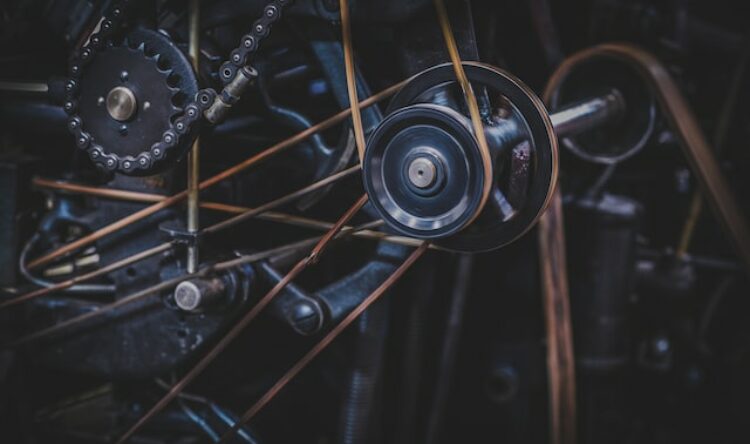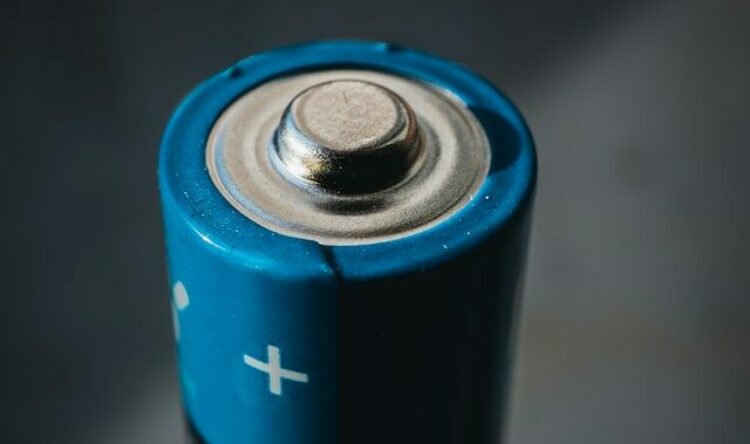Economic woes change motoring habits
New research shows drop in traffic and the use of the car
The cost of living crisis is affecting the vast majority of drivers’ motoring habits.
New research reveals dramatic changes in behaviour, with seven in ten (69%) motorists amending their behaviour when it comes to cars.
Essential changes
Research for Kwik Fit reveals that in 2022, over one third (35%) of drivers have cut down on car journeys they describe as “non-essential”. Those driving petrol or diesel cars are twice as likely to have cut down on these journeys compared to drivers of alternatively fuelled cars – EVs 40%, hybrids 22%.
Unsurprisingly, the cost of living crisis has prompted many drivers to reappraise their driving styles. More than one in five drivers (21%) say they have consciously tried to drive more smoothly or less aggressively. Furthermore, 14% say they have driven more slowly on all their journeys, with 17% saying they have done so on some journeys.
Despite the average low emission car (EV or hybrid) being less costly to run, drivers of these vehicles are more likely to have decreased their speed than those driving petrol or diesel engine cars.
Speeding up the revolution
Kwik Fit’s research found that 17% of drivers of EVs or hybrids have swapped from a diesel or petrol car this year. This is as a direct result of the cost of living crisis.
Some car owners have made an even more dramatic switch – 4% of drivers say they have sold their car this year and not replaced it.
The findings also highlight that the impact of rising costs is not uniform across different groups. Drivers under 35 are a staggering eight times more likely to have sold their car and not replaced it than drivers over 55.
One in ten London drivers say they have sold their car and not replaced it. This may be due to the availability of public transport options. Drivers reveal that in the capital, 14% say they have made more of their essential journeys by public transport or have car shared. This is the highest figure of all UK regions. It compares to only 4% in the more rural areas of the South West and East of England. These regions have the lowest number of drivers switching to public transport, but access to buses and trains are much lower.
Changing habits
Although the government may be keen to reverse the home working revolution caused by the pandemic, the economic crisis isn’t helping. Research has uncovered the fact that 11% of drivers have been working from home even more since January in order to save money on driving costs.
The increasing cost of motoring has also prompted drivers to take up good motoring maintenance habits. One in ten drivers (10%) say they have started regularly checking their tyre pressures, while a slightly higher proportion (11%) have emptied their car boot of any heavy items.
Roof racks, bars or bike racks have been removed by 3% of drivers who normally keep them permanently on their car. This rises to 8% for drivers under 35.
Traffic levels dropping
These findings tie in with official government data on car use. This shows that in 2021 car traffic returned towards the same levels as the equivalent days before the pandemic. By June 2021, traffic had been regularly exceeding those figures (see chart below). However, since January 2022, daily car usage has exceeded the equivalent pre-pandemic volume on only five occasions.
Source: DfT, 27 April 2022
Needs must
Roger Griggs, communications director at Kwik Fit, says: “The cost of living crisis is impacting many areas of our lives and motoring is no exception. While some drivers are able to cut down on their journeys, many of the journeys motorists make are essential and cannot be made by other means. We would encourage all motorists to make sure their car is running as efficiently as possible and to especially take the measures that cost nothing – ensure that their tyres are at the correct pressure and that the car is not suffering from unnecessary weight in the boot or drag on the roof. Seemingly small measures can have a big impact on fuel consumption and of course, having the correct tyre pressure will also help prolong the life of a tyre by reducing premature wear.”





